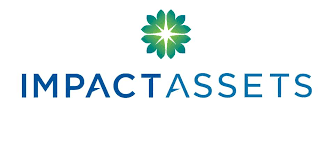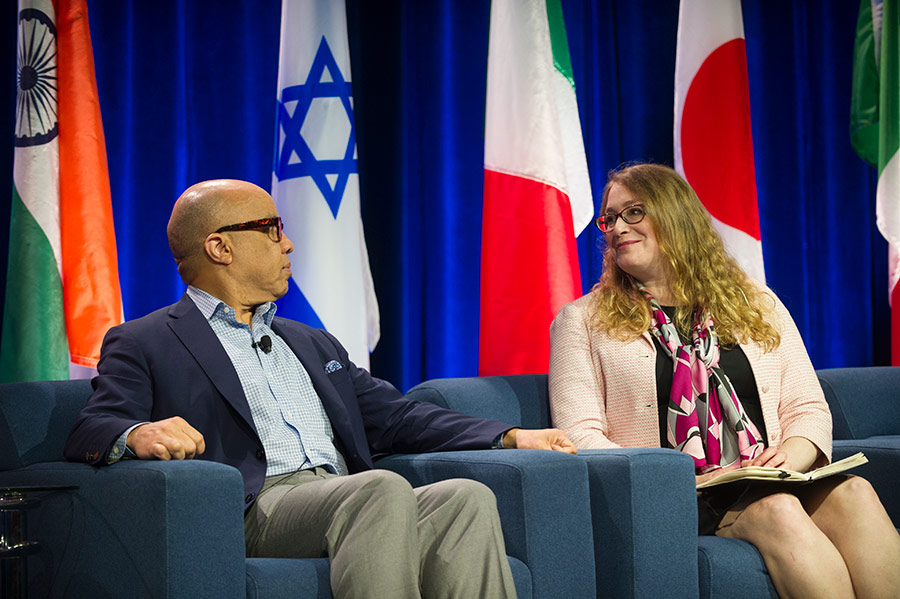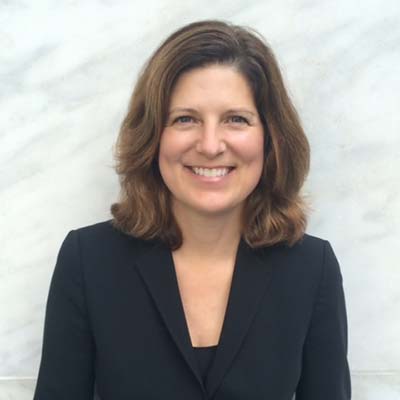 So, you want to spend a career building wealth without regard for its impact on the environment, economy and society, and then allocate a small portion of this later in life through grant-making to create a favorable legacy?
So, you want to spend a career building wealth without regard for its impact on the environment, economy and society, and then allocate a small portion of this later in life through grant-making to create a favorable legacy?
Why not get it right from the beginning, a win-win for all stakeholders that generate positive impacts and financial returns?
It’s an idea for which Fran Seegull fiercely advocates. To say she’s passionate about impact investing’s possibilities is a major understatement; indeed, it permeates her career, education and latest project, the U.S. Impact Investing Alliance.
Seegull is part of a broader effort to make the case that sustainable investing can lead to solid investment returns alongside positive social and environmental outcomes. And she wants to show successful entrepreneurs and executives how they can do it.
Backed by a growing body of research and data, impact investors are continually refining techniques and tools to innovate, identify opportunities and better align investment capital with their values.
For Seegull, the current momentum was a long time coming.
“I began my career at a small family foundation putting grant money to work in very creative ways,” she says. “I started to get more interested in how our endowment was invested and wondered about why a foundation might use 5 percent of their assets to make an impact with grants, only to invest the other 95 percent, probably unconsciously, without regard for its mission.”
She “wondered” her way back to business school as a result, and explored how to use for-profit business models for impact. Seegull’s turning point came with a paper she wrote for her Harvard Business School professor of venture capital examining the nature of value—specifically financial, economic, social, and environmental value—which led to important conclusions.
“One was that, through a model similar to venture capital, you could invest for high financial returns while making a philanthropic impact,” Seegull adds. “The other was that a traditional model of wealth accumulation (and then transfer to a charitable tax vehicle like a foundation) without regard for impact wasn’t the best way to maximize overall societal value.”
What she came away with was a blueprint for her career, eventually landing at impact investing pioneer ImpactAssets as the organization’s managing director and chief investment officer where she developed still more “must haves” for success in the space.
“The first was the fundamental need to create relationships with investors and investees, and the power of connecting the two through shared values and visions for impact.”
The second was an understanding of what drives interest in impact investing, and how to respond to the growing need for more public and private impact investing products, down to the retail level.
“We saw that up close at ImpactAssets, and developed products to meet that demand,” she notes.
The third take away was the importance of infrastructure. According to Seegull, ImpactAssets and other leaders in the field are “building the train cars and laying the train tracks to move impact investing out of the station and down the road.” Ultimately, she said, “Impact investing can’t broaden and deepen without the ecosystem that allows capital to flow.”
What Seegull quickly realized was the infrastructure build-out couldn’t be successful if it remained fragmented and piecemeal. The field needed help, an alliance of sorts, which led to her current position with the U.S. Impact Investing Alliance, which launched in late July.
“The U.S. Impact Investing Alliance is a field-building organization committed to raising awareness of impact investing in the United States,” she enthusiastically explains. “It seeks to foster the deployment of capital across asset classes globally and to work with various stakeholders, including government, to build out that the impact investing ecosystem. Our long-term vision is to put measurable social and environmental impact alongside financial risk and return so it’s at the center of every investment decision.”
The Alliance has a three-pillar strategy. The first is to advocate for policies that enable impact investing. The second is to “catalyze investor deployment to impact,” and the third is to build a broad impact investing movement. Partners include members of the Alliance’s Advisory Board (chaired by Ford Foundation President Darren Walker), the Industry Advisory Council (including the GIIN and Mission Investors’ Exchange, among others) and the Presidents’ Council on Impact Investing comprising the heads of 20 foundation presidents.
And like any professional organization, the Alliance has a long-term plan which includes greater transparency across asset classes so investors can fully understand the impact of their investments.
“We seek to partner with others in the field to transform finance by moving from a paradigm of shareholder value to one of maximizing stakeholder value.”
All well and good, but what about successful entrepreneurs and executives who are looking to harness the power of business to generate environmental and social benefits while realizing positive financial returns? How do they get involved, and why should they?
“For startups, established entrepreneurs and public company managers alike, I challenge you to consider how social, environmental and governance practices impact your business, because they do. It might be the use of fuels that generate greenhouse gas emissions, or it might be the gender and racial diversity of your boards/management.
“Regarding how to get started with impact investing, there are a number of entry points,” Seegull concludes. “As a plan sponsor, you might look at your 401(k) to see if there are values-aligned choices for your employees. Regarding private wealth, foundations or donor-advised funds, impact investing is a terrific opportunity to sit down with your family to articulate commonly shared values and to explore how those values may or may not be expressed through your portfolios. All investing has an impact. Make sure it’s the impact that you and your family desire.”




































